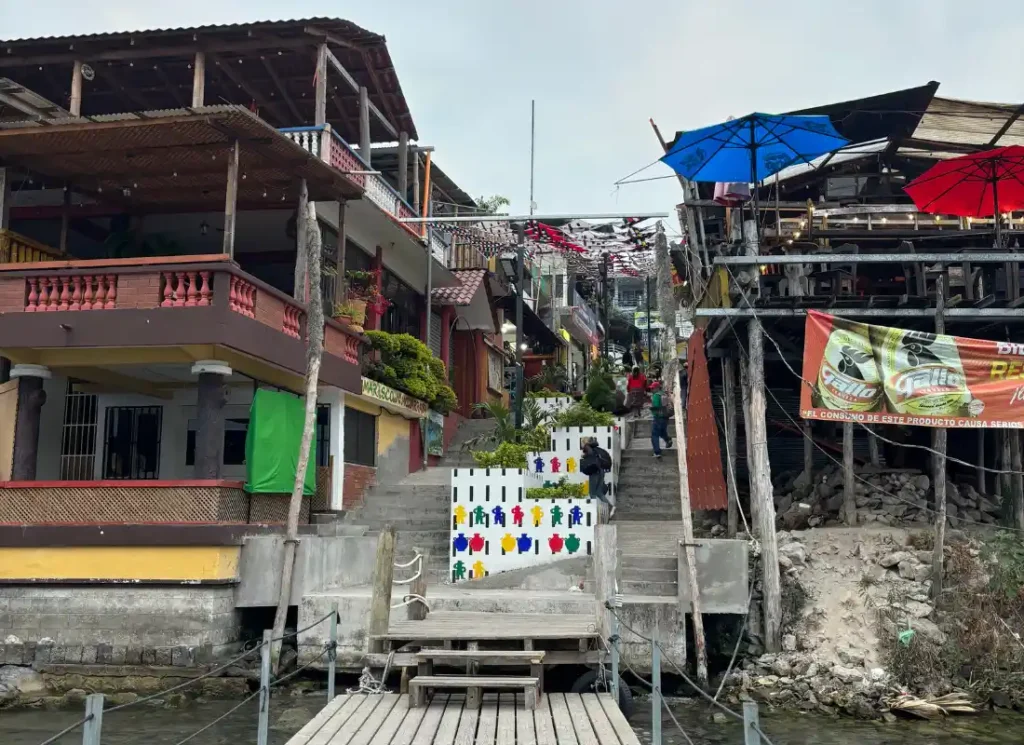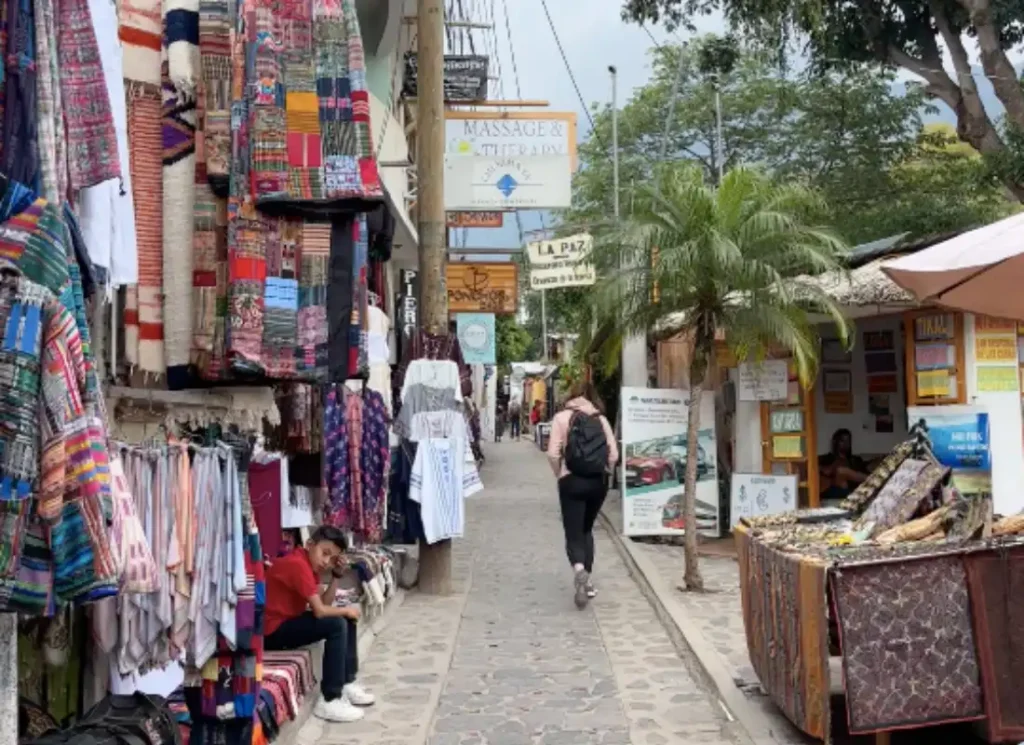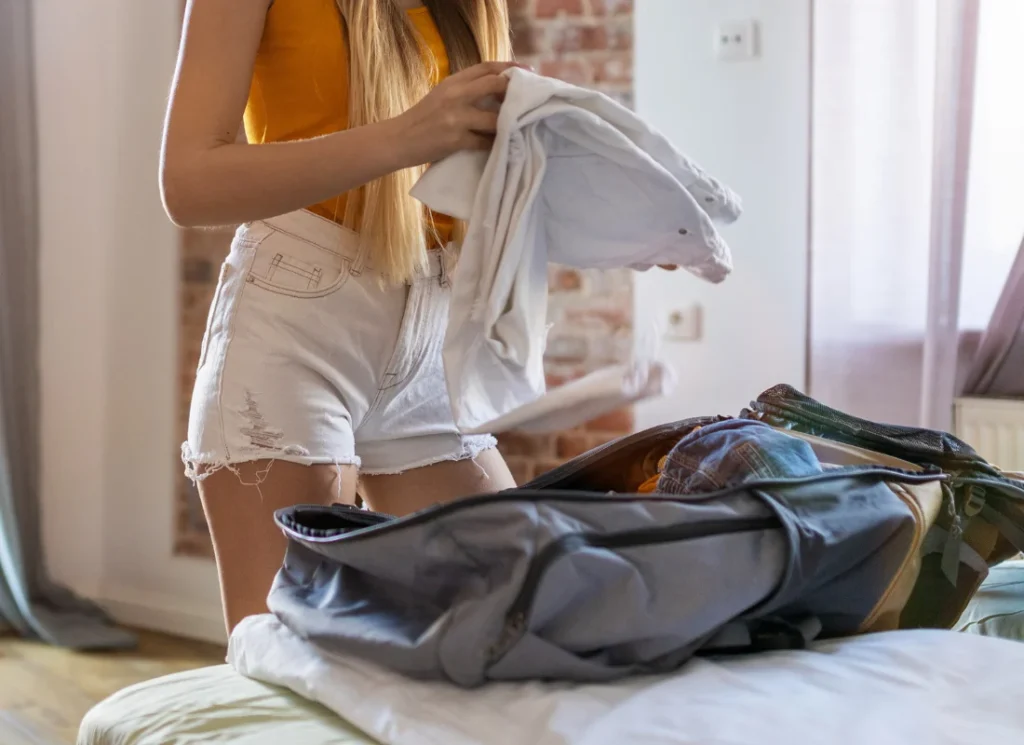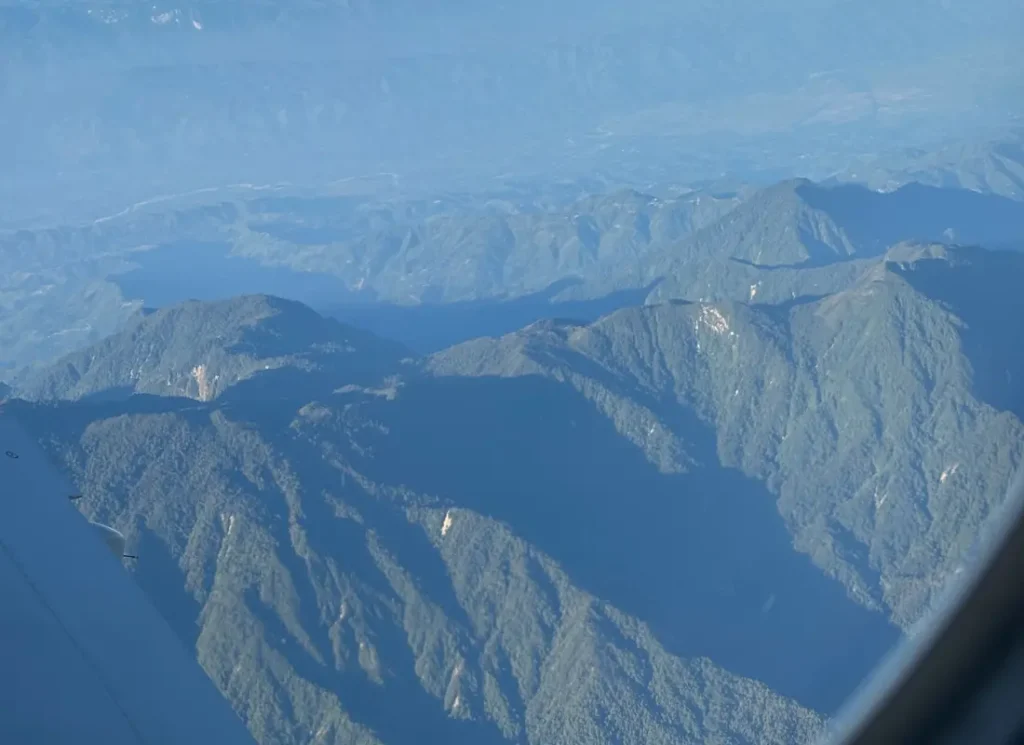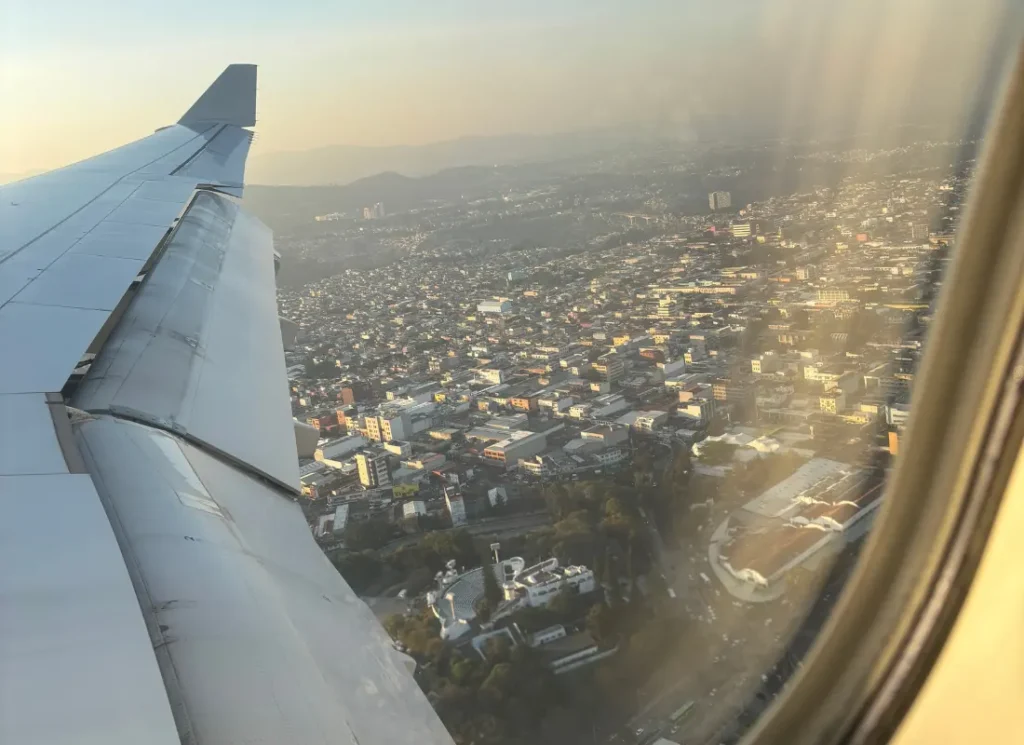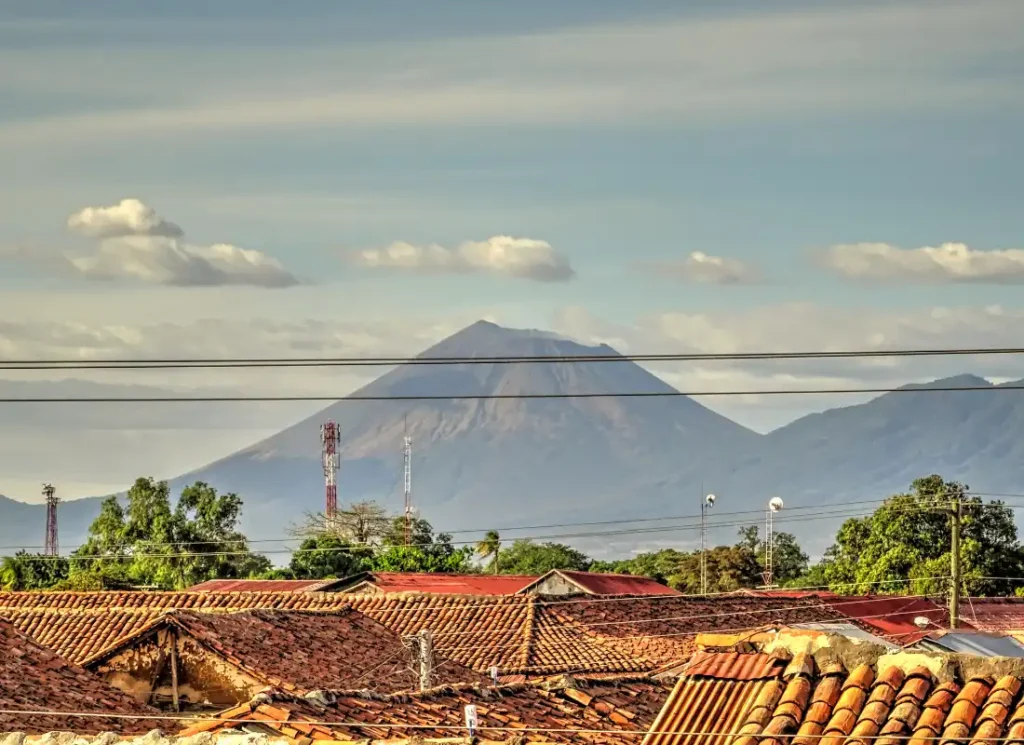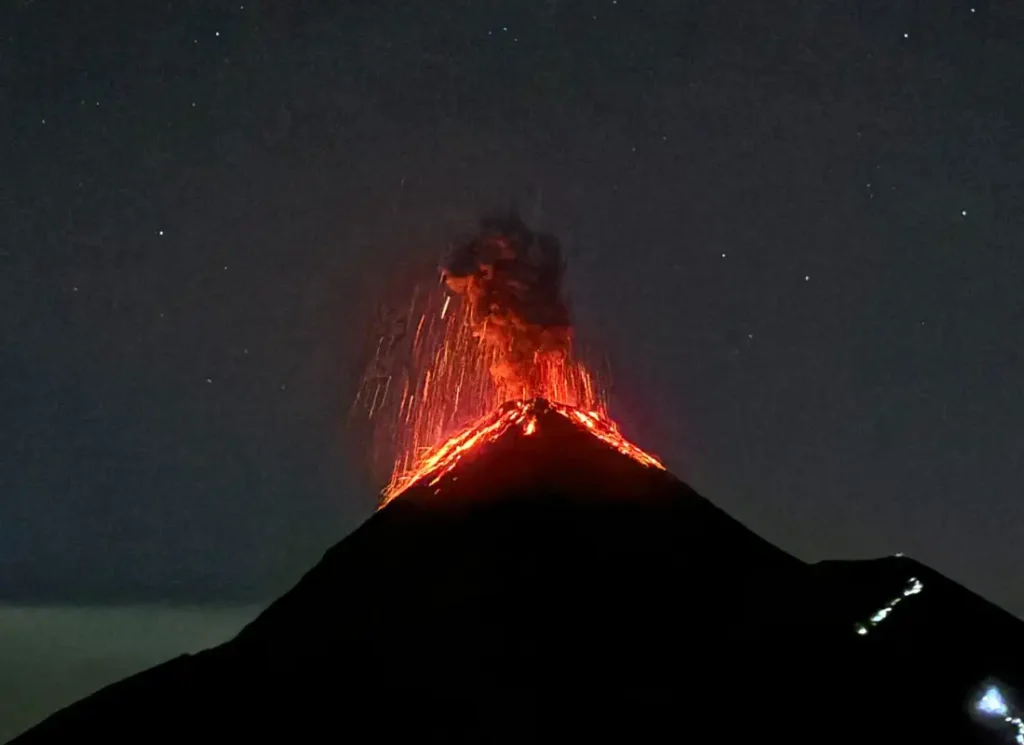Everything you need to know for your trip to Guatemala! What’s the best time to go, and where can you find vegetarian or vegan food? What is the currency in Guatemala, and do you need to protect yourself against mosquitos? And more questions answered about travelling in Guatemala in this ultimate guide.
There is quite a distinct tourist trail in Guatemala – that is to say, there are places where tourists are generally safe and welcome, and if you deviate from that unofficial “route” you could end up in some precarious situations. The same goes for most countries in Central America, actually, especially here in the north! You can read about this in more detail in my article on the Guatemala Tourist Trail, but here’s a quick rundown:
Guatemala City
A lot of people ask if Guatemala City is a safe place to visit: the answer is generally no. Nine times out of ten, Guatemala City Airport is where you will arrive, but that doesn’t mean you should stick around. Most people go straight from Guatemala City Airport to Antigua, which is a much safer and tourist-friendly city. That being said, if your flight gets in late it may be safer to spend the night close to the airport instead of trying to travel. Guatemala Airport is safe, but the rest of the city, not so much…
Antigua
The aforementioned starter-city. This is the first place most people visit in Guatemala, because it has access to a lot of activities. I was actually surprised at how small it was, though, and how little there was to do. Many people are also just passing through (including us), so we didn’t have as many chances to meet people in hostels as we had hoped. Here’s six different ways to get from Guatemala Airport to Antigua.
Lake Atitlan
Lake Atitlan is beautiful, and there’s a lot to do there. There are a lot of small towns around Lake Atitlán, each with a different vibe, so there’s surely something that will take your fancy! The main town in Lake Atitlan, and probably your first stop there, will be Panajachel. When Ellie and I went, we stayed in San Pedro La Laguna, and we really liked it 🙂
Acatenango Volcano
Especially around Antigua and Lake Atitlan, you’ll find 101 people who have just done or are about to do the Acatenango Hike. Acatenango is not an active volcano, but you do get the chance to see the nearby active volcano, Volcan de Fuego, if you decide to do this hike, and let me tell you that it’s incredible. Of course, things change based on the time of year, the weather and everything in between, so the best way to prepare is to talk to the people you meet in your hostel! I got some invaluable advice from my roommates before the hike.
Click here for my list of what to take on the Acatenango Volcano Hike.
Semuc Champey
We didn’t have time to visit Semuc Champey but it was, by all accounts, incredible. It’s a national monument in the north of Guatemala, with a truly unique set of cascading water pools that are the clearest and bluest you have ever seen (apparently). Watch this space, because I’ll be back…
El Mirador
If you’re heading to Semuc Champey, El Mirador is a small town that may well be where you stay on your way. There are other options, including San Agustín Lanquín, which is smaller but closer to Semuc Champey.
Mayan Ruins
The Mayan ruins in Guatemala are some of the only remaining in Central America. Again, they’re in the north, which can be difficult to get to, especially if you’re planning to travel down through Central America like we did. Your other option would be the Copan Ruinas just across the border into Honduras. Both are said to be incredible, if you have the luxury of time on your side!
Guatemala borders four different countries: Mexico, Belize, El Salvador and Honduras.
All of the borders in Central America are similar to cross, but each one has their difficulties, so make sure you check entry requirements extremely carefully before you attempt to cross any border. Without stating the obvious: I have heard true horror stories about the things that happened to people trying to cross the border with drugs (including 10 years in Panamanian prison), so if you like to party, make sure you leave it behind.
Always remember to get your passport stamped!
Guatemala-Mexico border
The Guatemala-Mexico border is well trodden, but there are certain routes that you should take. Thanks to immigration problems, it’s much easier to cross Mexico to Guatemala than it is to cross Guatemala to Mexico, but they’re both doable. The best way is to book a transfer online or through your accommodation, because they will help you with the border crossing, too.
Guatemala-Belize border
There is only one point that you can cross between Guatemala and Belize by land, which is between Benque Viejo del Carmen (Belize) and Melchor de Mencos (Guatemala). I heard the craziest story from a friend about getting stuck in Guatemala because they hadn’t gotten an entry stamp when crossing this border, so don’t forget! Sometimes it’s possible to simply walk across, and you have to go looking for the hut to officially pass immigration.
Guatemala-El Salvador border
We did this border crossing as part of a sixteen hour bus from Antigua, Guatemala to Leon, Nicaragua (which wasn’t as torturous as you might think). We decided to skip straight through El Salvador because of it’s dangerous reputation, but thanks to some *interesting* policies in the country, El Salvador is now a safe and quite touristy place (behind-the-times is my middle name). The border crossing was uneventful, and along the way we picked up a lot of travellers from El Salvador who all had great things to say about the country.
Guatemala-Honduras border
Because we drove through El Salvador, of course we actually entered Honduras from the El Salvador border, not the Honduras one. The border crossing is not difficult, but it is long, and you will have your belongings searched thoroughly no matter how you enter the country. There are a lot of rules on what you can and can’t take into the country, including a strict limit on electronics, no professional photography or videography equipment, or drones. If you’re travelling as a photographer or content creator, you may have to fly straight over Honduras!
Touristy Seasons in Guatemala
There are two main touristy seasons in Guatemala: the first is November to March, which coincides with their dry season, and June to August, which coincides with the summer holidays in Europe. Expect to pay more for flights, transfers and accommodation around these times, although Guatemala is not generally an expensive country to travel.
Rainy Season in Guatemala
The rainy season in Guatemala is from May to November, with the most rainfall in September and October. During this time the climate is also more cloudy and humid, even when it’s not raining.
Dry Season in Guatemala
The dry season is the opposite of these months, from around November to May. The best time to go, in my opinion, is right in the middle of this stretch in January or February. I went this year in January and the weather was ideal. If you’re planning to do the Acatenango Volcano hike, these months give you the best chance at an incredible view (although nothing is guaranteed!).
Sunrise & Sunset in Guatemala
Being close to the equator, there is not much variation in the sunrise and sunset times throughout the year. Sunrise in Guatemala is between 5:30 and 6:30am every day (it is later in the dry season, and earlier in the wet). Sunset in Guatemala is between 17.45 and 18.30 (earlier in the dry season and later in the wet). This gives you around 11-13 hours of daylight per day.
Holy Week (Semana Santa) in Guatemala
Holy Week usually falls around the end of March in line with Easter celebrations around the world. Expect a festive atmosphere, incredible processions, decorated house-fronts, and a lot of delicious freshly baked bread.
Chicken Buses (Public Buses)
The chicken buses (the backpackers affectionate name for the public buses in Guatemala) can be okay to take, depending on the route you take. If you want to take a public bus in Guatemala, it’s best to ask around other tourists or the staff at your accommodation to know which routes are generally considered safe for tourists. You can read a lot more about this in my article about how Ellie and I took the chicken bus from Antigua to Lake Atitlan. Some key things to note are: you will need plenty of local currency (Guatemalan Quetzal) in small bills, make sure you know the key names of where you’re going and simple phrases in Spanish (like: “how much is it?” and “which bus is it?”), and keep any valuables close to you. If you’re carrying a larger rucksack they may strap it to the roof, so put anything valuable in smaller hand luggage that you can take on board with you.
Boats (Lake Atitlan)
The best (and sometimes the only) way to get between the towns at Lake Atitlan is to use the public boats. They are cheap, come relatively often (but stop early, so make sure you don’t get stranded in the wrong town!) and they are safe, too. (Much safer than the public buses).
Shuttle Buses (Tourist Shuttle)
The tourist shuttle, or shuttle buses, are the most common way for backpackers to get around Guatemala. You can usually book them through your accommodation or online. Your accommodation will probably have a lower price, but booking online will give you a wider variety of options. They are safe, you’ll meet other travellers like you along the way, and they usually pick you up and drop you off at your accommodation, so it’s a great way to travel if you have big bags (or you’re just really tired).
Taxis
Certain taxis are safe to take in Guatemala, but I generally wouldn’t recommend getting into one on the street. If you want to take a taxi, the best thing to do is book it through your accommodation. The airport taxis in Guatemala City Airport are safe. It’s not guaranteed that your taxi driver will speak English, but they are usually helpful in getting you where you want to go!
Click here for how to get from Guatemala Airport to Lake Atitlán!
Vegetarians & Vegans
As a vegetarian, I didn’t have any problems finding vegetarian food in Guatemala, although granted we did stay very much on Guatemala’s tourist trail. A lot of the food I ate revolved around cheese and eggs, so I suspect being vegan would be more difficult. Like all Central American countries, they do love their rice, beans and plantain, though: you can’t go wrong!
Is Street Food Safe?
Let’s be honest, eating street food anywhere is more likely to land you with a stomach bug than eating food in a restaurant. However, I ate street food and food from stalls in the Central Market in Antigua (Mercado Central) several times, and I was totally fine. I try to avoid anything uncooked, like salad, because it may not have been washed, and I ask for no ice in my drinks, as it’s often made with tap water. Which brings me onto…
Can You Drink Tap Water in Guatemala?
No, it’s not considered safe to drink the tap water in Guatemala. I did have a friend who drank a glass once, by accident, and he was fine, but that was likely a fluke. But don’t worry, your accommodation will almost always give you access to free filtered or bottled water that you can fill your own water bottle with.
What Languages Do They Speak in Guatemala?
The predominant language in Guatemala is Spanish, and their accent isn’t generally too hard to understand. In some smaller towns they still speak indigenous languages, but most of the people you’ll meet will also speak Spanish.
Do People Speak English in Guatemala?
Usually people working in your accommodation will speak English, but that’s about it. Most of the people I met spoke a little English, but not enough to have a conversation. They will sometimes speak English in restaurants, but you’re unlikely to find English speakers in local shops, markets and on the bus (even on tourist shuttles).
Language Schools
When I was travelling in Guatemala, I met quite a few people who’d come to learn Spanish, and ended up backpacking the rest of the country because they loved it so much! This speaks volumes for the beauty of Guatemala, but also told me it was a popular destination to learn Spanish. I’ve done a little research and found this great guide to studying Spanish in Guatemala by Claire’s Itchy Feet – someone who actually studied in Guatemala and can therefore say much more about it than I can. It’s well worth a read – I would have found a guide like this really useful before I embarked on my long journey to learning Spanish.
Click here for how to get from Guatemala Airport to Quetzaltenango!
What is the currency in Guatemala?
The currency in Guatemala is the Guatemalan Quetzal, named after their national bird (the quetzal). At the time of writing, it’s around 8 Guatemalan Quetzals to 1 US Dollar, but please remember to check this before you travel as it can fluctuate!
How much does it cost to withdraw money in Guatemala?
Unfortunately I have come across very few free ATMs in Central America, the exception being in Costa Rica (although a lot of them charge you too, so be careful). In Guatemala we didn’t find any ATMs. 5B ATMs (yellow) are by far the most common but also the most expensive, charging 45 Guatemalan Quetzals to withdraw cash, which is around $6. Other machines, including Bi (blue) charge around 20-25 Guatemalan Quetzals, which is a more reasonable 3.20$.
Do they take card in Guatemala?
Anywhere local, like the public buses, smaller shops, or markets, won’t take card. Shops, hostels and hotels usually take card, but charge a hefty fee for doing so (usually between 5-10%). I found that, because of this, I basically never used my debit card in Guatemala. Instead I would take out the largest amount of cash possible at any time as that was much cheaper than paying the fee to pay on card. Some accommodations will also take US dollars, and they accept US dollars in the airport, too, but generally it’s best to have the local currency in Guatemala.
Tourist areas & the tourist trail
I recently wrote an article on the Guatemalan Tourist Trail, which outlines the most common and safest places for tourists to go in Guatemala. Essentially, these are the areas where it is safe for you to travel. I had a couple of accidental experiences off the beaten track, and let me tell you, it’s another world out there. If you end up off the beaten track, don’t worry. Remember that the vast majority of people out there are just trying to live their life, and often will be willing to help if you’re in a pickle. But keep your wits about you, because there are people who will want to take advantage of the situation and there is a chance that you’ll be unlucky enough to come across one.
Pickpockets
By far the biggest thing you need to worry about in Guatemala in terms of crime is pickpockets and petty theft. Keep your personal belongings close to you, always, and use a little common sense. If you walk around with your phone hanging out of your pocket, it’s likely someone is going to walk off with it. Otherwise, you will likely be fine!
Generally, I was told it’s not safe to walk alone at night. Not because anything terrible will happen to you, but because someone might pull up on a motorbike and startle you into handing over your phone. If you’re going out after dark, stick to groups.
Violent Crime
You may read that Guatemala has one of the highest violent crime rates in Latin America, and whilst that may be true, this generally goes on between gangs and people that know each other (aka not you), and it also generally occurs outside of the city. That’s not to say that it never happens, but it doesn’t happen as often as people may have you believe. For example, I met and spoke to a lot of people whilst I was travelling in Guatemala, and I didn’t hear of anyone who had experienced this kind of violence.
Taking a Local Guide
Taking a local guide in Guatemala is a great way to give back to the local economy whilst also keeping yourself safe. If you want to go off the tourist trail or do any hikes outside of national parks, I’d always recommend taking a local guide.
Can you drink the tap water in Guatemala?
No, you cannot drink the tap water in Guatemala. The infrastructure in Guatemala is not set up to make the water safe to drink (I already covered this in the food & drink section).
Travel Insurance & What to do if you get ill
It goes without saying, but you should always travel with travel insurance and Guatemala is no exception. Minor ailments can be easily treated by pharmacies (although the pharmacists I spoke to all seemed very competent, I’d recommend Googling anything they give you before you take it, just in case). If you do have any major problems, I would recommend hunting down a private clinic or choosing one of the city’s private hospitals instead of trying to tackle the public healthcare system.
Mosquitos
Dengue Fever
There was an outbreak of dengue fever in the south of Guatemala in mid-to-late 2023. The outbreak was halted, but dengue fever is still very much present in the country, which is why it’s important to make sure you take precautions against mosquitos.
Yellow Fever & the Yellow Fever Vaccine
I would recommend to any traveller to get the yellow fever vaccine well in advance of any planned travel, because it can make you sick (I was actually fine after I had mine, but I have heard some horror stories).
Yellow fever is generally not a risk in Guatemala, although it is present in some very northern regions. A yellow fever vaccine card is required for all travellers entering from countries with yellow fever.
Malaria
Malaria is generally not a risk in Guatemala.

